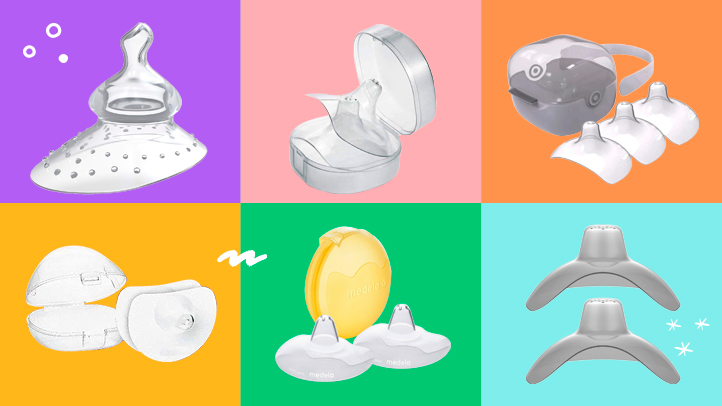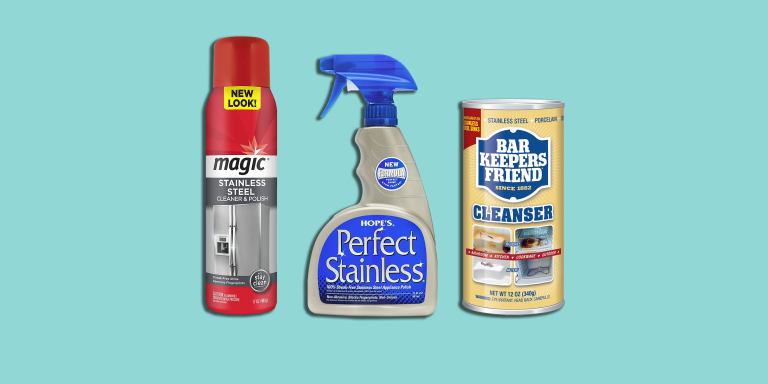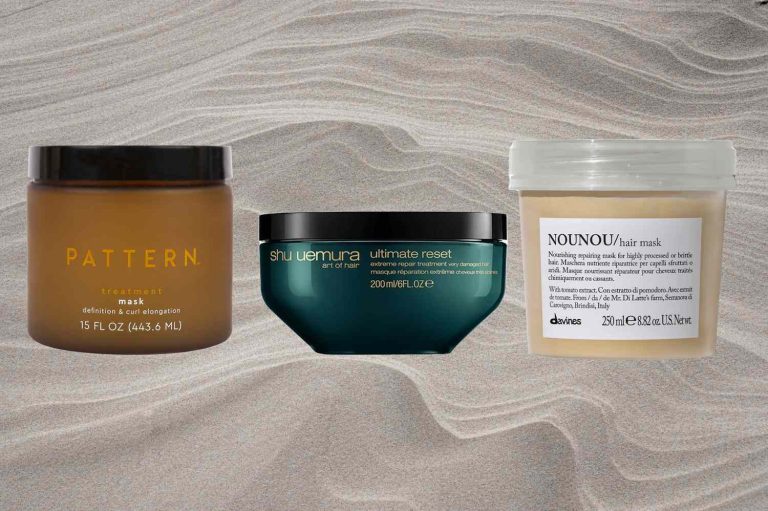9 Best Nipples: Exploring Types, Health Insights, and Celeb Influence
Choosing the right nipple for your baby can feel overwhelming with so many options available. Whether you’re a first-time parent or looking to switch things up, finding the perfect nipple can make feeding time smoother and more enjoyable for both you and your little one.
In this guide, you’ll discover the 9 best nipples on the market, each designed to meet different needs and preferences. From anti-colic designs to those that mimic breastfeeding, we’ve got you covered. Let’s dive in and find the ideal choice for your baby’s feeding journey.
First Nipple Category: Protruding
Exploring different nipple types can help ensure feeding success for both you and your baby. Let’s dive into the characteristics and benefits of protruding nipples.
Characteristics of Protruding Nipples
Protruding nipples are more elevated than other types. They often stand out more, making it easier for your baby to latch. Typically, these nipples have a defined shape, which helps mimic the feel of a natural breast. You’ll also find that protruding nipples can vary in thickness and firmness, allowing for a customized feeding experience based on your baby’s preference.
Benefits of Protruding Nipples in Breastfeeding
Protruding nipples can significantly aid the breastfeeding process. They make latching simpler for your baby, which can reduce frustration and aid in efficient feeding. Having a defined shape, these nipples can help mimic the breastfeeding process more closely, potentially easing transitions for babies who switch between breast and bottle. The ease of latch can also help in preventing nipple confusion, maintaining a consistent feeding routine for your baby.
Second Nipple Category: Flat
Flat nipples are another significant type you’d consider for your baby’s feeding needs.
Defining Flat Nipples
Flat nipples lack the prominent shape of protruding nipples. They’re relatively flush with the areola and may not extend much beyond the skin’s surface. This can make breastfeeding challenging, as your baby might have difficulty latching on correctly.
Managing Flat Nipples for Effective Feeding
Managing flat nipples for effective feeding is key to ensuring your baby’s nutritional needs are met. Use breast shells or nipple shields to help draw out your nipples. These tools create a favorable latch point by extending the nipple. Additionally, massaging the nipple area before feeding can stimulate some elongation, making it easier for your baby to latch. Don’t hesitate to consult a lactation expert if you continue to experience difficulties.
Third Nipple Category: Inverted
Inverted nipples can present a unique challenge for breastfeeding but can be managed effectively with the right techniques and tools.
Explanation of Inverted Nipples
An inverted nipple is one that retracts into the breast rather than protruding outward. This condition can be congenital or develop over time due to various factors such as breastfeeding difficulties, trauma, or infections. Approximately 10-20% of women have inverted nipples, which can make breastfeeding trickier but not impossible. Recognizing this nipple type early can help you employ strategies to address any feeding issues.
Techniques to Manage Inverted Nipples
Massaging can stimulate the nipple and help draw it out. Use gentle circular motions around the nipple area before feeding. Breast shells, worn inside your bra, apply consistent pressure to encourage the nipple to protrude. Nipple shields can also assist by providing a structure for the baby to latch onto more effectively. For persistent issues, consulting a lactation expert can offer personalized guidance and technique adjustments to ensure a better breastfeeding experience.
Fourth Nipple Category: Hairy
Hairy nipples are a natural occurrence and may cause concern for some. Understanding them helps address any grooming choices confidently.
Commonality of Hairy Nipples
Hairy nipples are more common than you might think. Both men and women can have hair around their nipples, which is perfectly normal. Hormonal changes, especially during puberty, pregnancy, and menopause, can increase hair growth in this area. You shouldn’t worry about this; it’s just your body’s natural response to hormonal fluctuations.
Hair Removal Options
Various options are available if you want to remove hair around your nipples. Shaving is quick, but it can cause irritation. Plucking with tweezers offers precision but may be painful. Waxing is another option, though it can be painful and might irritate the sensitive skin around the nipples. For a longer-lasting solution, consider laser hair removal; just ensure you consult with a specialist to avoid complications. Always choose the method that suits your comfort and skin sensitivity.
Fifth Nipple Category: Puffy
Puffy nipples have a distinctive appearance, noticeable in both males and females. Let’s explore their features and how they present across different ages.
Features of Puffy Nipples
Puffy nipples often stand out due to their raised areolas, giving a dome-like appearance. This condition typically involves an excess of subcutaneous fat beneath the areola. Puffy nipples are generally benign and do not typically indicate any health issues. They may become more prominent with hormonal changes such as puberty or pregnancy. For some, puffy nipples are permanent, while for others, they may decrease in prominence over time.
Puffy Nipples Across Different Ages
Puffy nipples can manifest at various life stages. During puberty, hormonal surges in both boys and girls can cause the areolas to swell, creating a puffy look. In many cases, this condition resolves itself as hormone levels stabilize. Pregnant women might also notice their nipples become puffier due to increased blood flow and hormonal changes preparing the body for breastfeeding. In adulthood, puffy nipples might persist or reappear due to weight gain or hormonal fluctuations. Although generally harmless, if you experience any sudden changes or discomfort, it’s best to consult a healthcare provider.
Sixth Nipple Category: Large
Large nipples are another common variation, presenting their own unique set of characteristics and impacts.
Characteristics of Large Nipples
Large nipples are usually more prominent and extend further from the areola than standard-sized nipples. They may appear fuller and more cylindrical. Women’s large nipples are often about 1 cm in diameter or more. Men can also have large nipples, influenced by genetics or hormonal factors. In some cases, large nipples can become more pronounced during certain life stages like pregnancy, breastfeeding, or weight fluctuations.
Aesthetic and Functional Impact
Large nipples can affect self-esteem due to societal beauty standards. Some individuals may feel self-conscious about their appearance. Functionally, large nipples can impact breastfeeding, making it initially more challenging for infants to latch properly. However, with practice and potentially seeking assistance from a lactation consultant, many women can successfully breastfeed. Clothing choices can also be influenced, as larger nipples might be more visible through thinner materials. Finding comfortable bras with adequate padding can help mitigate these concerns.
Seventh Nipple Category: Small
Small nipples are another common variation and can affect breastfeeding and self-perception similarly to other nipple types.
Understanding Small Nipples
Small nipples typically measure less than 1 centimeter in diameter and may be less noticeable under clothing. They can vary in shape, often appearing flatter or slightly raised. It’s important to understand that small nipples are perfectly normal and do not necessarily indicate any health issues. If you’re concerned about the size of your nipples, consult a healthcare professional.
Challenges and Advantages
Small nipples can present unique breastfeeding challenges. Latching may be more difficult for the baby, but using nipple shields or assistive devices can help. Small nipples often cause less nipple pain because they fit more easily into the baby’s mouth.
On the other hand, small nipples generally offer aesthetic advantages. They are less likely to be visible through clothing, which may reduce anxiety about appearance. Additionally, they can lead to fewer issues with engorgement and discomfort when wearing bras or other tight-fitting garments.
Understanding your nipple type and its unique aspects can help you manage any challenges and embrace the advantages.
Eighth Nipple Category: Supernumerary Nipples
Supernumerary nipples, also known as accessory or extra nipples, are additional nipple tissue that appears along the embryonic milk lines. These nipples are relatively common and often mistaken for moles or birthmarks.
What Are Supernumerary Nipples?
Supernumerary nipples are additional nipples that appear along the body’s milk lines, which run from the armpit to the groin. These extra nipples can look like small bumps or moles, and they sometimes come with glandular tissue underneath. While usually benign, they can sometimes cause discomfort or self-esteem issues. About 1-5% of the population has supernumerary nipples.
Historical and Cultural Significance
Historically, supernumerary nipples have been surrounded by myth and superstition. In many cultures, they were once seen as marks of witchcraft or supernatural powers. In modern times, these beliefs have faded, and supernumerary nipples are recognized as a common biological variation. Some celebrities, like Lily Allen, have spoken openly about having them, reducing stigma and raising awareness.
Ninth Nipple Category: Unilateral
Unilateral nipples refer to nipples that differ in size, shape, or placement from one another.
Defining Unilateral Nipples
Unilateral nipples are found when one nipple is distinct from the other. This can include variations in size, protrusion, or color. It’s perfectly normal for nipples to be asymmetrical, but some people may notice a more pronounced difference. Unilateral nipples can develop naturally or due to changes like surgery or hormonal shifts.
Symmetry and Breast Health
Symmetry is often associated with overall breast health. While having unilateral nipples is usually not a cause for concern, substantial changes in one nipple or breast should be monitored. Look out for new lumps, unusual discharge, or significant size differences. If you observe any of these, it’s essential to consult with a healthcare professional to rule out any underlying conditions.
Conclusion
Understanding the diverse types of nipples can empower you to appreciate your body’s uniqueness. Whether you have protruding, flat, inverted, or even supernumerary nipples, each type has its own characteristics and considerations. Celebrities and societal shifts are helping to normalize these variations, reducing stigma and promoting body positivity. Remember, while asymmetry is common, any significant changes in your nipples should prompt a visit to a healthcare professional. Embrace your individuality and stay informed about your breast health for a confident and healthy life.






